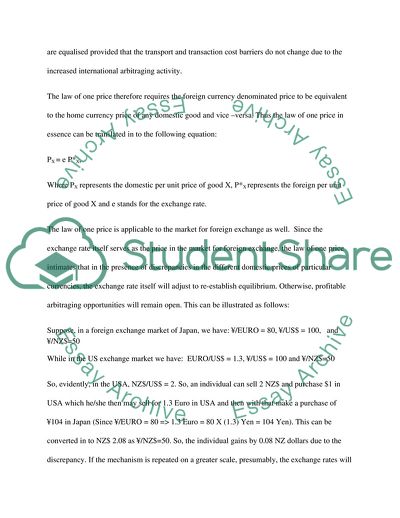Cite this document
(International Finance and Financial Management Assignment, n.d.)
International Finance and Financial Management Assignment. Retrieved from https://studentshare.org/finance-accounting/1715863-subject-title-international-finance-and-financial-management
International Finance and Financial Management Assignment. Retrieved from https://studentshare.org/finance-accounting/1715863-subject-title-international-finance-and-financial-management
(International Finance and Financial Management Assignment)
International Finance and Financial Management Assignment. https://studentshare.org/finance-accounting/1715863-subject-title-international-finance-and-financial-management.
International Finance and Financial Management Assignment. https://studentshare.org/finance-accounting/1715863-subject-title-international-finance-and-financial-management.
“International Finance and Financial Management Assignment”. https://studentshare.org/finance-accounting/1715863-subject-title-international-finance-and-financial-management.


